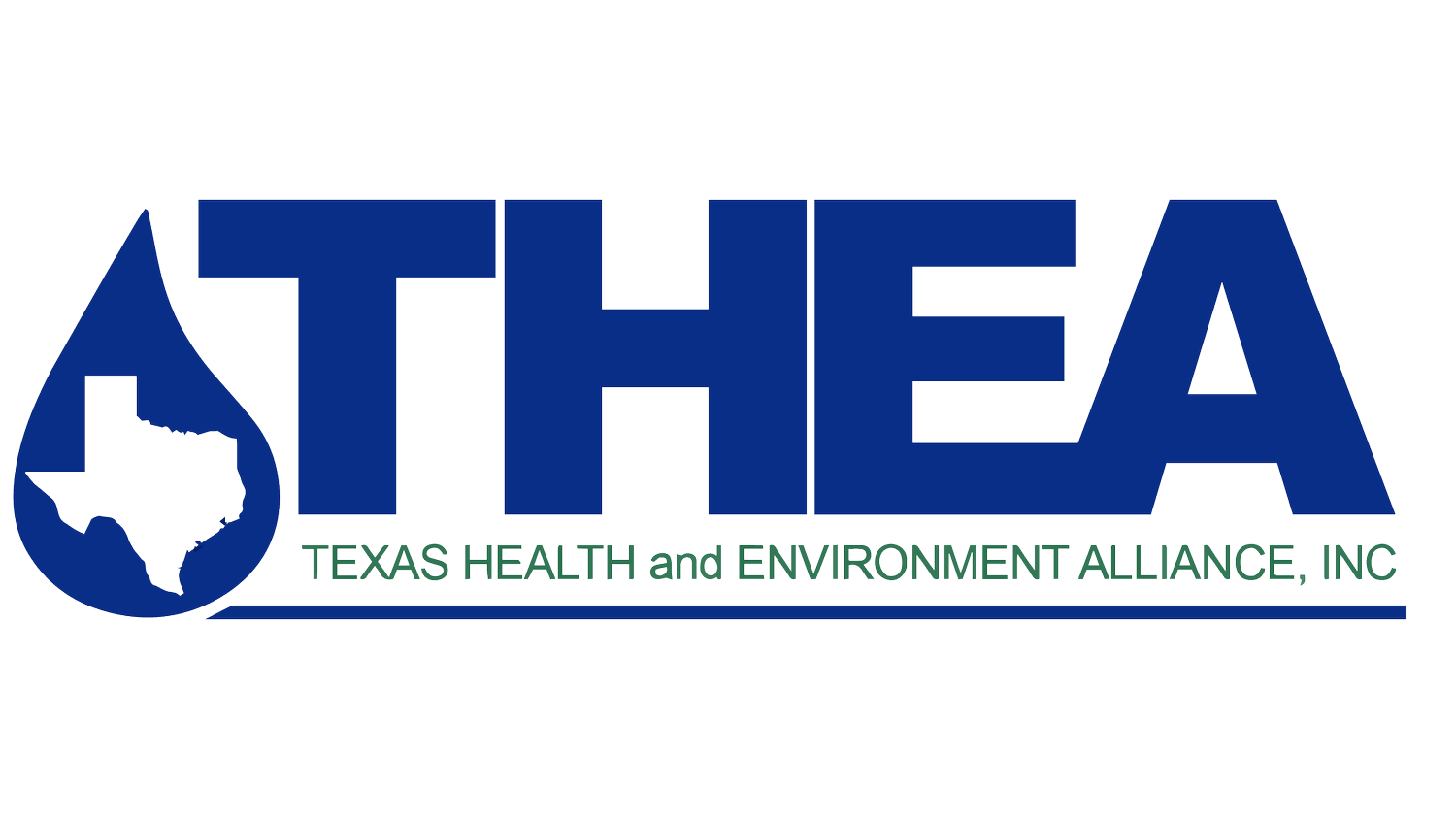State Bombshell: Cancer Cluster Found Over A 250 Square Mile Area
Last February, we formally asked the Texas Department of State Health Services to review cancer rates for communities in the floodplain of the San Jacinto River.
We now have the results and the report from state epidemiologists identified a more than 250 square mile area along the river as a cancer cluster. The state found rates of cervix uteri cancer, leukemia, lymphoma, and lung and bronchus cancer that were above the expected range.
What The Study Reveals
Public health experts perform cancer assessments by:
Looking at cases within specific geographic areas,
Comparing them to rates for familiar sized areas and demographics, and
Using statistical models to see if the rates for specific cancers are higher than the expected rates.
In this case, we asked them to look at 29 different types of cancers, Including seven childhood cancers, found in 65 census tracts that border the San Jacinto River above and below the Waste Pits Superfund Site. They found rates that were above the expected range for:
Cervix Uteri Cancer
Leukemia
Lung and Bronchus Cancer
Lymphoma
Cancer Rate Assessment Study Area: 65 Census Tracts covering over 250 Square Miles of the San Jacinto River Floodplain within Harris County
Why This Area?
The communities living near the Superfund Site have been pushing hard to have the site cleaned up for years. They talk about relatives who developed cancer or suffered from unexplained illnesses. This assessment confirms many of their worst suspicions - the health struggles of their community are not normal.
Despite those concerns, they have a hard time getting action, especially in the communities of Highlands and Channelview, located on the riverbank beside the waste pits.
What’s next?
Quite frankly, we were shocked when the state review identified such a large area as a cancer cluster. It amounts to 15% of Harris County. Most assessments just identify one or two census tracts comprising a few miles.
Now, we need the state to drill down into the data and tell us whether some census tracts have even higher rates than expected or if other types of cancer are found in individual tracts. We also need to know a lot more about cancer rates in children. .
Most importantly, we need to push hard to remove dioxin and other waste material from the San Jacinto Superfund Site. The companies responsible for the site, International Paper and Waste Management, the parent company of McGinnes Industrial Maintenance Corporation have sought delay after delay rather than clean up their mess.
The results of this study serve as a powerful reminder that the longer remediation of the site is delayed, the longer our community faces the ongoing risks of contamination. It’s time for action to ensure a safer, healthier future for everyone.
Impactante Revelación del Estado: Se Detecta un Conglomerado de Cáncer en un Área de Más de 250 Millas Cuadradas
El pasado febrero, solicitamos formalmente al Departamento de Servicios de Salud del Estado de Texas que evaluara las tasas de cáncer en las comunidades ubicadas en la llanura de inundación del río San Jacinto.
Ahora tenemos los resultados, y el informe de los epidemiólogos del Estado identificó un área de más de 250 millas cuadradas a lo largo del río como un conglomerado de cáncer. El estado encontró cáncer de cuello uterino, leucemia, linfoma, y cáncer de pulmón y bronquios en tasas por encima del rango esperado.
Lo Que Revela el Estudio
Los expertos en salud pública realizan evaluaciones de cáncer a traves de:
Analizar casos dentro de áreas geográficas específicas
Comparar tasas con áreas de tamaño y demografía similares
Usar modelos estadísticos para determinar si las tasas de tipos específicos de cáncer son más altas de lo esperado
En este caso, pedimos que analizaran 29 tipos distintos de cáncer, incluidos siete cánceres infantiles, en 65 tractos censales que bordean el río San Jacinto, por encima y por debajo del Sitio Superfund de las Fosas de Desechos del Río San Jacinto. Encontraron tasas superiores al rango esperado para:
Cáncer de Cuello Uterino
Leucemia
Cáncer de Pulmón y Bronquios
Linfoma
Área de Estudio de la Evaluación de Tasas de Cáncer: 65 Tractos Censales que cubren más de 250 millas cuadradas de la llanura de inundación del río San Jacinto dentro del Condado de Harris.
¿Por Qué Esta Área?
Las comunidades que viven cerca del Sitio Superfund han estado exigiendo firmemente su limpieza durante años. Han compartido sus historias sobre familiares que desarrollaron cáncer o sufrieron enfermedades inexplicables. Esta evaluación confirma muchos de sus peores temores: los problemas de salud en su comunidad no son normales.
A pesar de esas preocupaciones, ha sido difícil lograr que se tomen medidas, especialmente en las comunidades de Highlands y Channelview, ubicadas a orillas del río junto a los residuos tóxicos.
¿Qué Sigue?
Francamente, nos sorprendió que la revisión estatal identificara un área tan grande como un conglomerado de cáncer. Esta representa el 15% del Condado de Harris. La mayoría de las evaluaciones identifican solo uno o dos tractos censales que abarcan unas pocas millas.
Ahora, necesitamos que el estado profundice en los datos y nos diga si algunos tractos censales tienen tasas aún más altas de lo esperado o si se presentan otros tipos de cáncer en zonas individuales. También necesitamos conocer mucho más sobre las tasas de cáncer en niños.
Lo más importante es que debemos presionar fuertemente para la limpieza de las dioxinas y otros materiales de desecho del Sitio Superfund San Jacinto. Las empresas responsables del Sitio, International Paper y Waste Management, la empresa matriz de McGinnes Industrial Maintenance Corporation, han provocado constantes retrasos en lugar de limpiar su contaminación.
Los resultados de este estudio son un poderoso recordatorio de que cuanto más se retrase la remediación del Sitio, más tiempo nuestra comunidad estará expuesta a los riesgos de la contaminación. Es hora de actuar para garantizar un futuro más seguro y la salud de todos.

